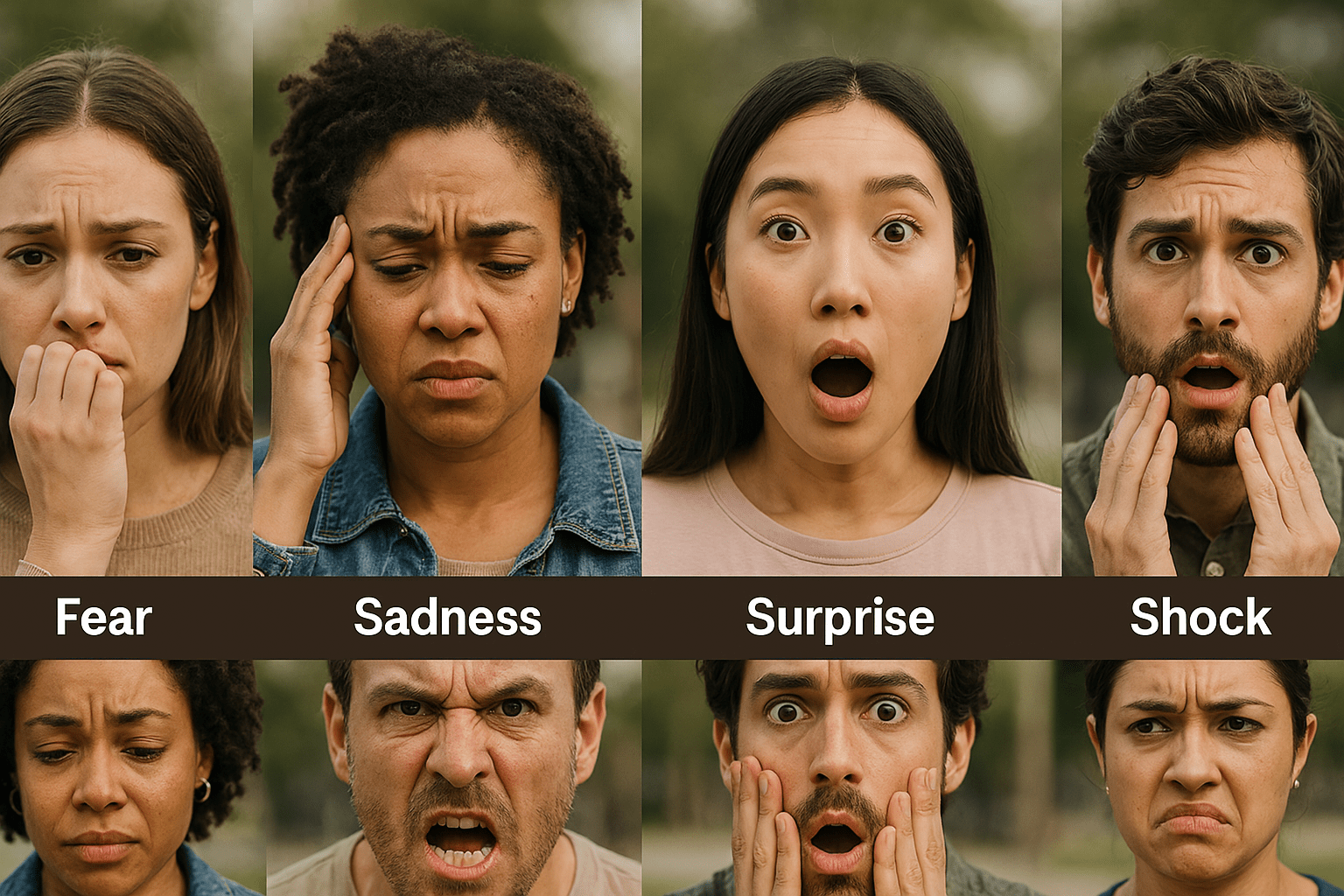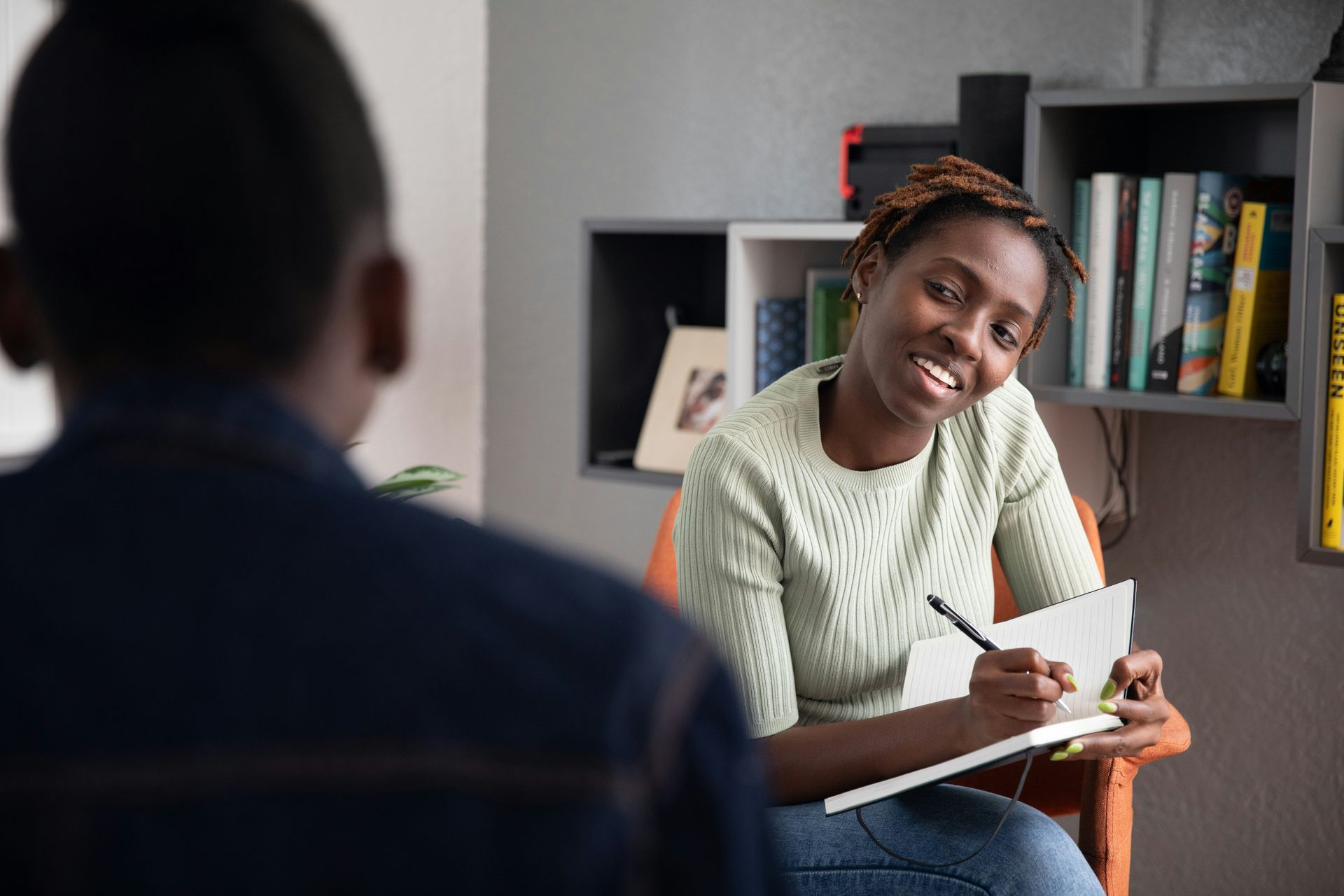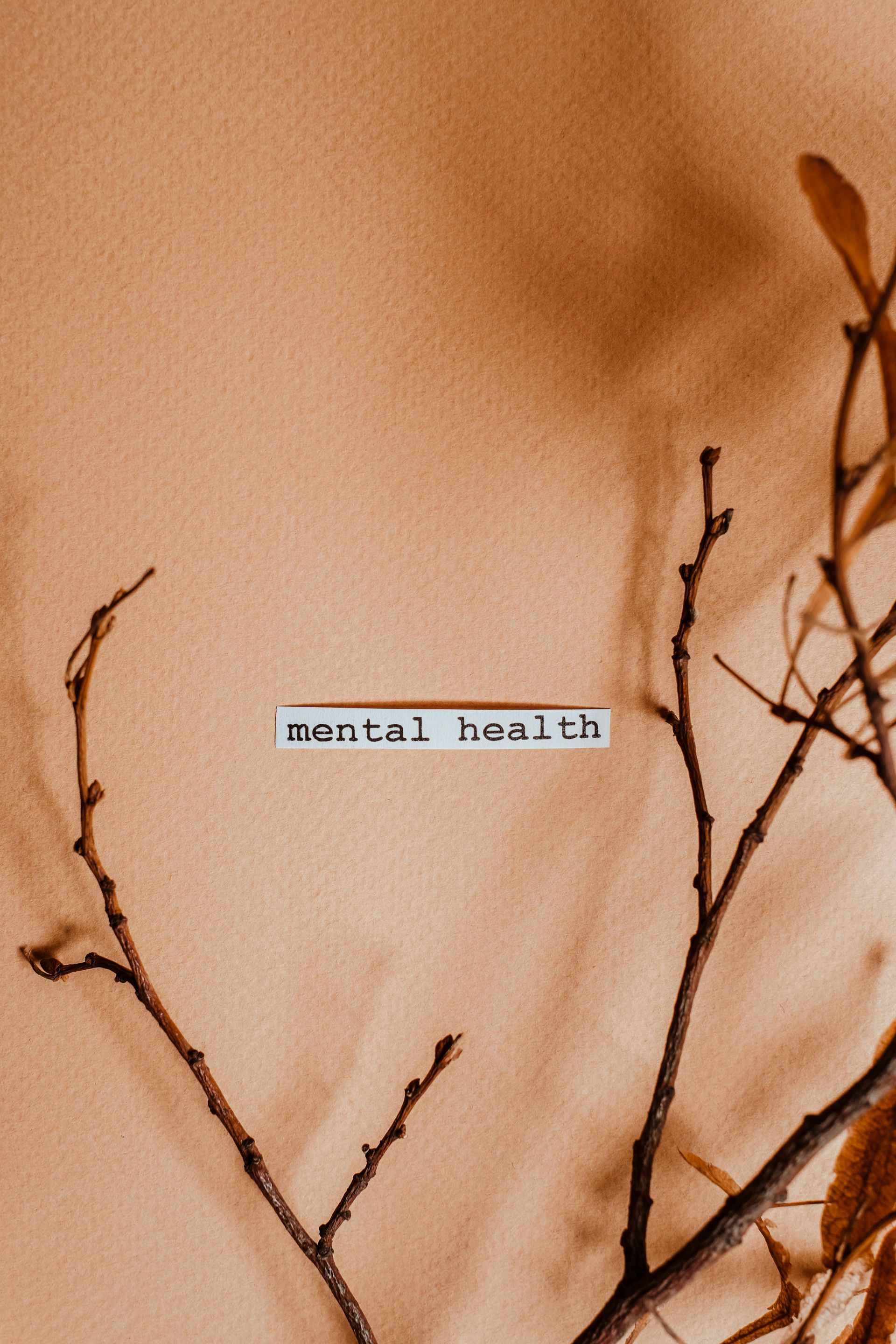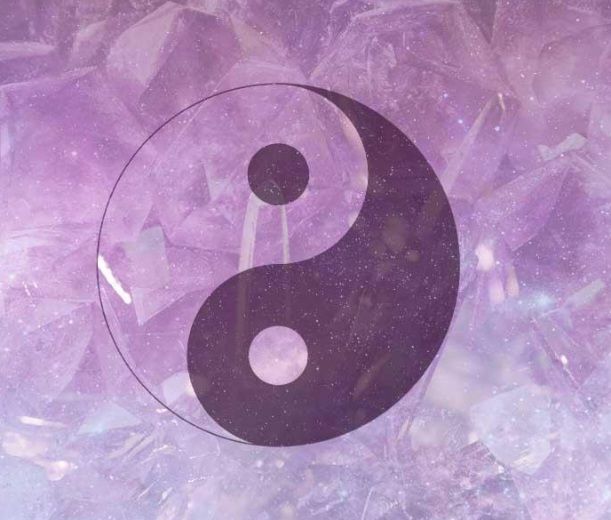BloBllkjlkjogPost Title
Healing the Invisible Wounds: How Childhood Trauma Shapes Adult Relationships and Recovery Paths

Do you find yourself repeating the same painful patterns in your relationships despite your best efforts to change? Perhaps you're quick to assume rejection is coming, struggle to trust others, or find yourself constantly seeking approval. These patterns aren't random personality traits or character flaws—they're often the lingering echoes of childhood experiences that have shaped how you connect with others.
At Live Consciously, we've worked with hundreds of clients who initially came to therapy confused about why they couldn't create the healthy relationships they desperately wanted. Through our trauma-informed approach, we've witnessed how understanding the connection between past wounds and present struggles creates powerful opportunities for healing.
In this guide, you'll discover how childhood experiences—even those you might not consider "traumatic"—can profoundly influence your adult relationships, and more importantly, how you can begin the journey toward healthier connection patterns. Whether you experienced obvious trauma or more subtle childhood difficulties, this information can help you understand your relationship patterns and start building more fulfilling connections.
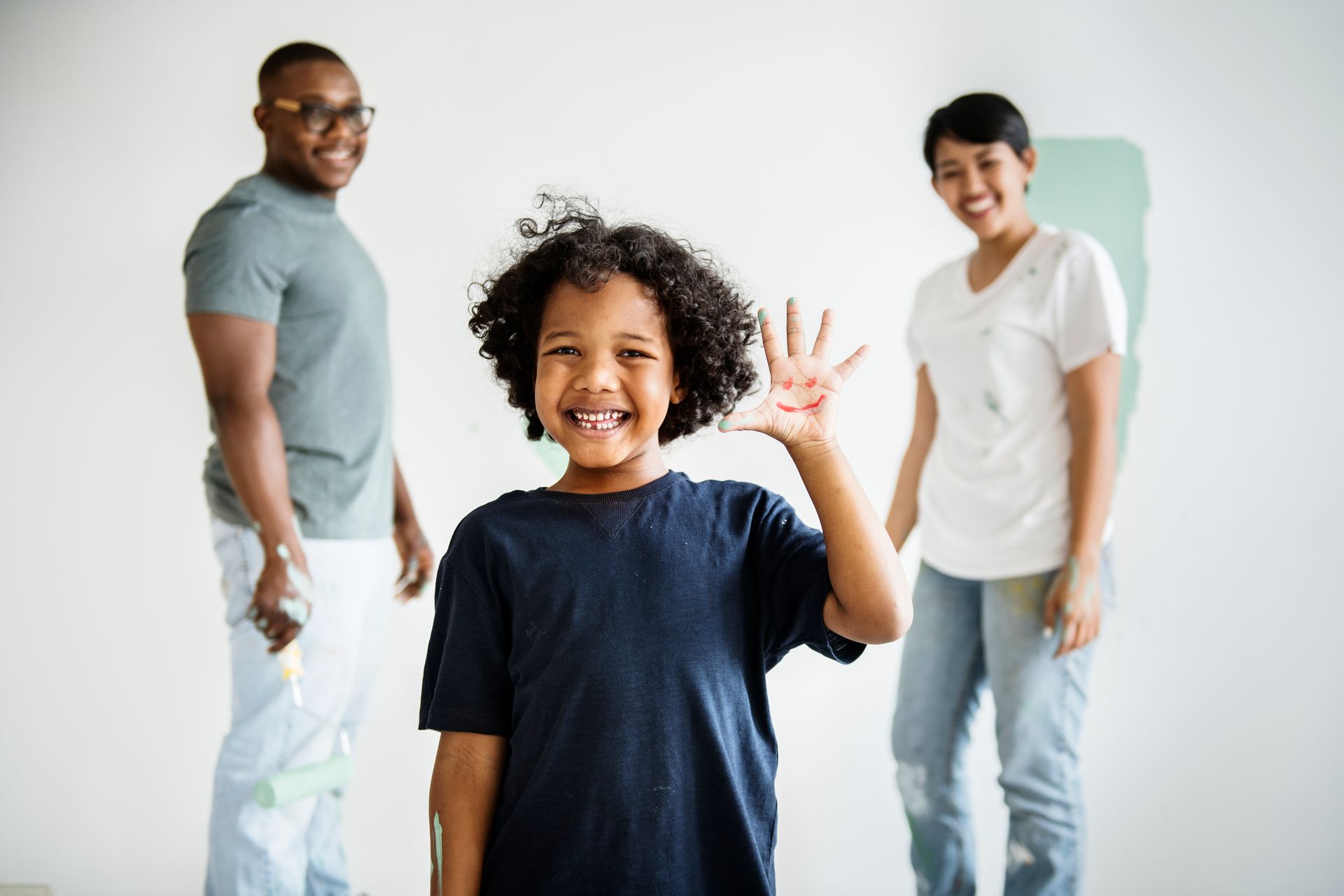
How Childhood Experiences Shape Your Adult Relationships
When we talk about childhood trauma, many people immediately think of severe abuse or neglect. While these experiences certainly can have profound impacts, trauma also includes less obvious experiences like emotional unavailability from caregivers, inconsistent responses to your needs, feeling unseen or unheard, or growing up in an environment where you had to suppress your authentic feelings to maintain harmony.
These early experiences create a blueprint for how you expect relationships to work. Your young brain formed conclusions about:
- Whether people can be trusted
- If your needs deserve to be met
- How emotions should be expressed (or hidden)
- What love looks and feels like
- How to maintain safety in relationships
These conclusions become deeply embedded in your nervous system and unconscious mind, creating automatic responses that can persist long into adulthood—often without your awareness.
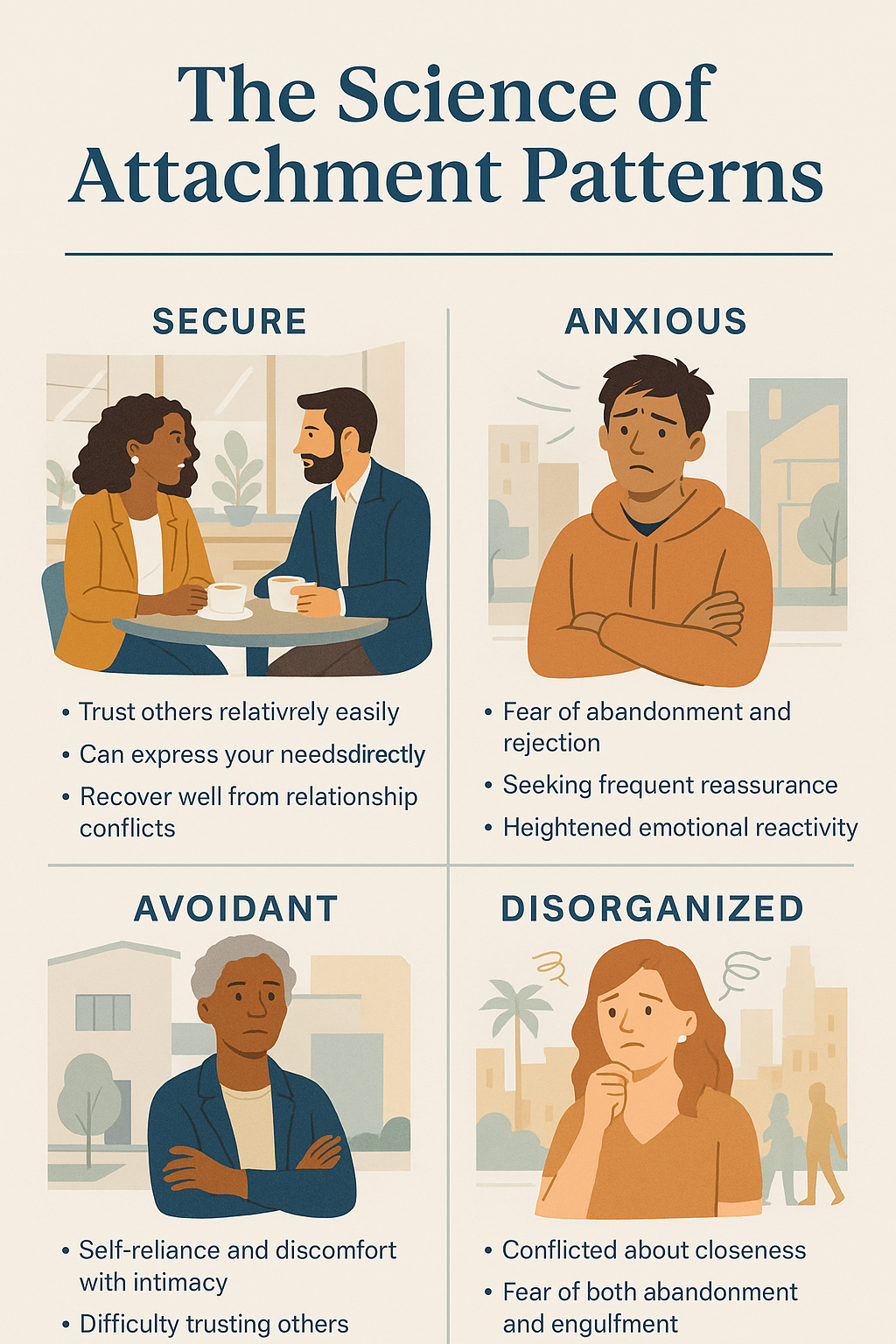
The Science: Attachment Patterns and Relational Templates
Your early relationships with caregivers create what psychologists call "attachment patterns"—internal working models that guide how you approach connections with others. These patterns typically fall into four main categories:
Secure Attachment
When childhood needs were consistently met with warmth and appropriate responsiveness, you likely developed secure attachment. This means you:
- Trust others relatively easily
- Can express your needs directly
- Recover well from relationship conflicts
- Balance closeness and independence
Anxious Attachment
If your caregivers were inconsistently available or unpredictable, you might have developed anxious attachment, characterized by:
- Fear of abandonment or rejection
- Seeking frequent reassurance
- Heightened emotional responses to potential threats to the relationship
- Tendency to prioritize others' needs over your own
Avoidant Attachment
When caregivers were emotionally distant or discouraged vulnerability, avoidant attachment can form, leading to:
- Difficulty trusting others with your feelings
- Strong self-reliance and resistance to depending on others
- Discomfort with emotional intimacy
- Tendency to withdraw when relationships become too close
Disorganized Attachment
Sometimes resulting from more complex trauma, disorganized attachment creates conflicting impulses to both seek and avoid connection, including:
- Unpredictable responses in relationships
- Difficulty regulating emotions during conflicts
- Intense fear of both abandonment and engulfment
- Challenging trust issues that feel impossible to resolve
Understanding your attachment pattern isn't about blaming your parents or caregivers—many were doing the best they could with their own unhealed wounds. Instead, this awareness helps explain why certain relationship dynamics feel so automatic and difficult to change.

How Trauma Responses Show Up in Your Relationships
When childhood wounds remain unhealed, they manifest in predictable relationship patterns. Here are some common ways this might appear in your life:
The Fierce Independence Pattern
Many trauma survivors develop a strong sense of self-reliance that, while protective, can create barriers to genuine connection.
What it looks like:
- Difficulty asking for help even when overwhelmed
- Discomfort with vulnerability
- Tendency to withdraw when feeling emotionally exposed
- Pride in handling everything alone
The childhood root: This pattern often stems from having to be self-sufficient too early, or learning that depending on others led to disappointment or shame.
The People-Pleasing Pattern
Another common response to childhood trauma is becoming hyperattuned to others' needs while disconnecting from your own.
What it looks like:
- Saying "yes" when you want to say "no"
- Feeling responsible for others' emotions
- Anxiety about setting boundaries
- Exhaustion from constantly meeting others' expectations
The childhood root: This pattern typically develops when a child learns that their worth depends on caretaking others or that expressing their own needs leads to rejection or conflict.
The Emotional Fortress Pattern
Some trauma survivors protect themselves by keeping emotions contained and relationships at a safe distance.
What it looks like:
- Intellectualizing feelings rather than experiencing them
- Difficulty with emotional intimacy
- Being the "strong one" who rarely shows vulnerability
- Feeling anxious when others express strong emotions
The childhood root: This often stems from environments where emotions were overwhelming, dismissed, or even punished.
Clinical Example: Maya* came to therapy confused about why she kept choosing emotionally unavailable partners despite wanting deep connection. During our work together, she recognized how her childhood with a volatile, unpredictable mother had taught her that love and danger were intertwined. Though consciously wanting closeness, her nervous system equated emotional distance with safety. Understanding this pattern allowed her to gradually build relationships where both closeness and security could exist together.
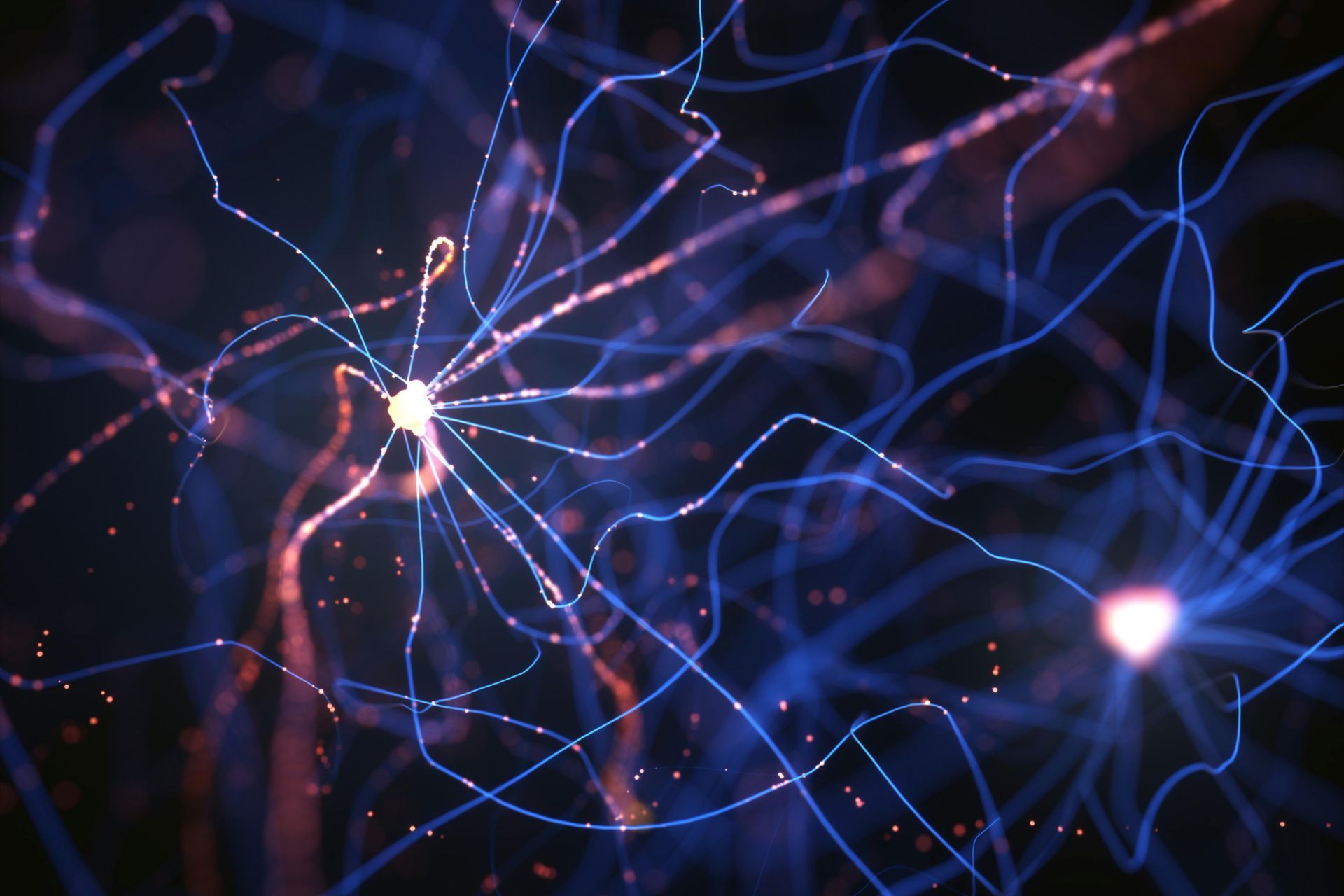
The Body Remembers: How Trauma Lives in Your Nervous System
Childhood trauma isn't just stored in your memories—it lives in your body's nervous system responses. When you experience relationship dynamics that even subtly resemble past hurts, your body can react as if the danger is happening now, triggering protective responses like:
- Fight: Becoming defensive, critical, or controlling
- Flight: Withdrawing, avoiding difficult conversations, or physically leaving
- Freeze: Shutting down emotionally, feeling numb, or unable to think clearly
- Fawn: People-pleasing, abandoning your needs, or becoming overly compliant
These responses happen automatically, often before your conscious mind can intervene. This explains why you might find yourself reacting in ways that don't align with your values or intentions, especially in emotionally charged situations.
Clinical Example: James* would completely shut down during conflicts with his partner, unable to speak or process what was happening. While he wanted to engage constructively, his body would override his intentions. Through therapy, he discovered that this freeze response had developed when facing his father's unpredictable anger as a child. With practice in recognizing early signs of this response and using grounding techniques, James gradually developed the capacity to stay present during difficult conversations.
*Names and identifying details changed to protect client confidentiality
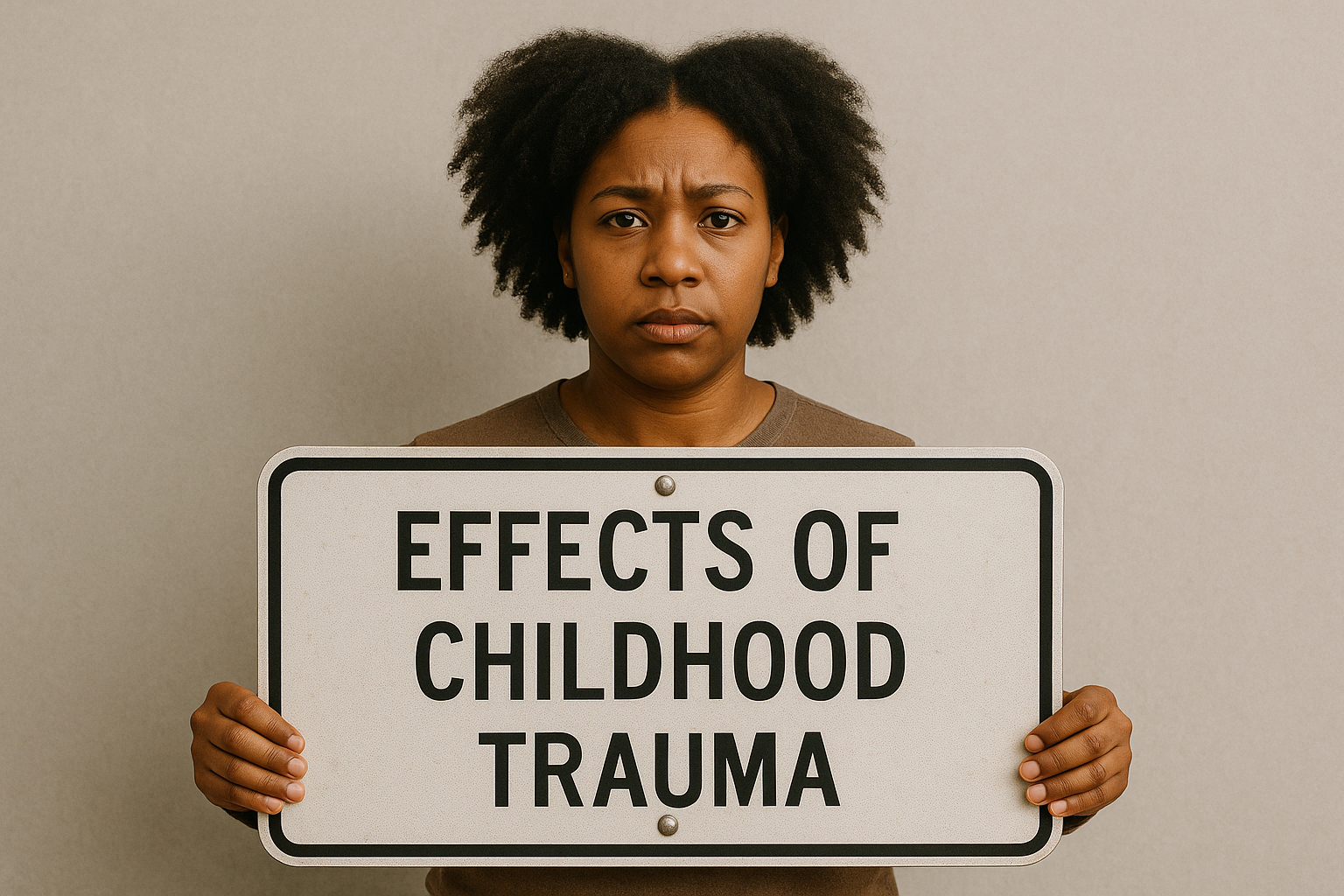
Signs You Might Be Experiencing the Effects of Childhood Trauma in Relationships
If you're wondering whether childhood experiences might be influencing your current relationships, consider these common signs:
- Intense reactions to seemingly minor relationship issues
- Recurring patterns across different relationships
- Difficulty trusting others or yourself in relationships
- Feeling triggered by specific behaviors that remind you of childhood experiences
- Persistent feelings of being misunderstood or invisible
- Difficulty setting or maintaining healthy boundaries
- Constant anxiety about being abandoned or overwhelmed by closeness
- Cycling between intense connection and withdrawal
Recognizing these patterns is not about self-criticism but self-compassion—understanding why certain relationship dynamics feel so challenging is the first step toward healing.
The Path to Healing: Transforming Relationship Patterns
Healing childhood wounds doesn't mean erasing the past, but it does mean those experiences no longer have to control your present relationships. Here's what the recovery journey often includes:
1. Awareness and Recognition
Begin by compassionately recognizing how your past has shaped your present patterns. Notice when your responses seem automatic or disproportionate to the current situation—these are often clues that older wounds have been activated.
2. Nervous System Regulation
Learning to regulate your nervous system is crucial for creating new relationship patterns. Practices that can help include:
- Deep, slow breathing when triggered
- Mindful awareness of body sensations
- Grounding techniques to stay present
- Movement practices that release tension
3. Reparenting Your Inner Child
Many relationship patterns stem from unmet childhood needs. Healing involves learning to provide for yourself what you didn't receive as a child:
- Validating your own emotions
- Setting healthy boundaries
- Treating yourself with compassion rather than criticism
- Recognizing your inherent worthiness apart from achievement or caretaking
4. Creating New Relationship Experiences
Healing happens in relationship. As you become more aware of your patterns, you can:
- Practice vulnerable communication with safe people
- Experiment with new responses when old triggers arise
- Gradually build trust in relationships that prove consistent
- Allow others to know and support the real you
5. Professional Support
While self-awareness and personal practices are valuable, trauma healing often benefits from professional guidance. Specialized approaches like:
- Somatic Experiencing to address how trauma is held in the body
- Internal Family Systems (IFS) to work with different "parts" of yourself
- EMDR to process traumatic memories
- Attachment-focused therapy to create new relationship templates
These approaches can provide structured support for the complex process of rewiring relationship patterns.
Beyond Survival: Thriving After Childhood Trauma
Healing from childhood trauma doesn't just mean the absence of pain—it opens the door to relationships characterized by:
- Authentic connection without losing yourself
- The ability to be vulnerable and strong
- Healthy interdependence rather than codependence or isolation
- Greater capacity for joy and pleasure in relationships
- Resilience when facing inevitable relationship challenges
Many of our clients discover that the very wounds that once caused such pain become sources of wisdom, compassion, and depth once they've been acknowledged and healed.
Conclusion: Your Relationship Patterns Can Change
No matter how ingrained your relationship patterns may feel, change is possible. Your brain and nervous system maintain lifelong neuroplasticity—the ability to create new neural pathways in response to new experiences. The relationship templates formed in childhood can be updated with new information and experiences.
If you recognize yourself in the patterns described in this article, know that you're not alone, and the challenges you face aren't the result of personal failure. They're normal responses to difficult experiences, and with the right support, you can create new patterns that allow for the authentic, connected relationships you deserve.
At Live Consciously, our trauma-informed therapists specialize in helping clients understand and transform the invisible wounds that shape their relationships. We combine evidence-based approaches with compassionate understanding to support your unique healing journey.
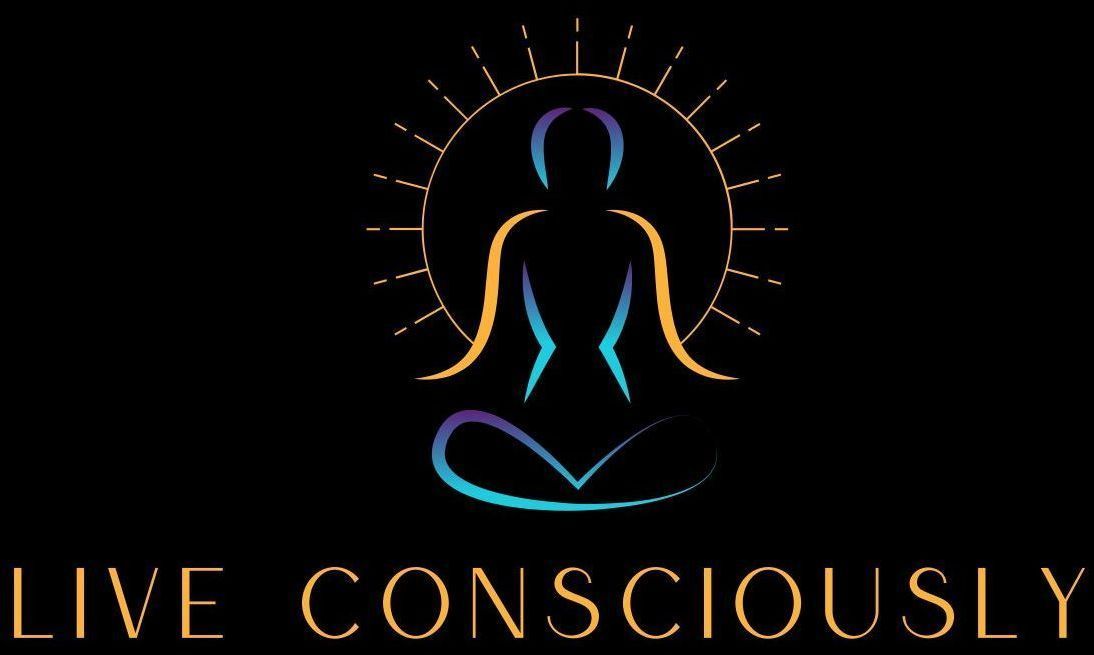
Ready to Begin Transforming Your Relationship Patterns?
Take the first step toward healing by scheduling a free 15-minute consultation with one of our specialized trauma therapists.
Phone: (254) 826-9450
Email:
info@liveconsciouslypllc.com
